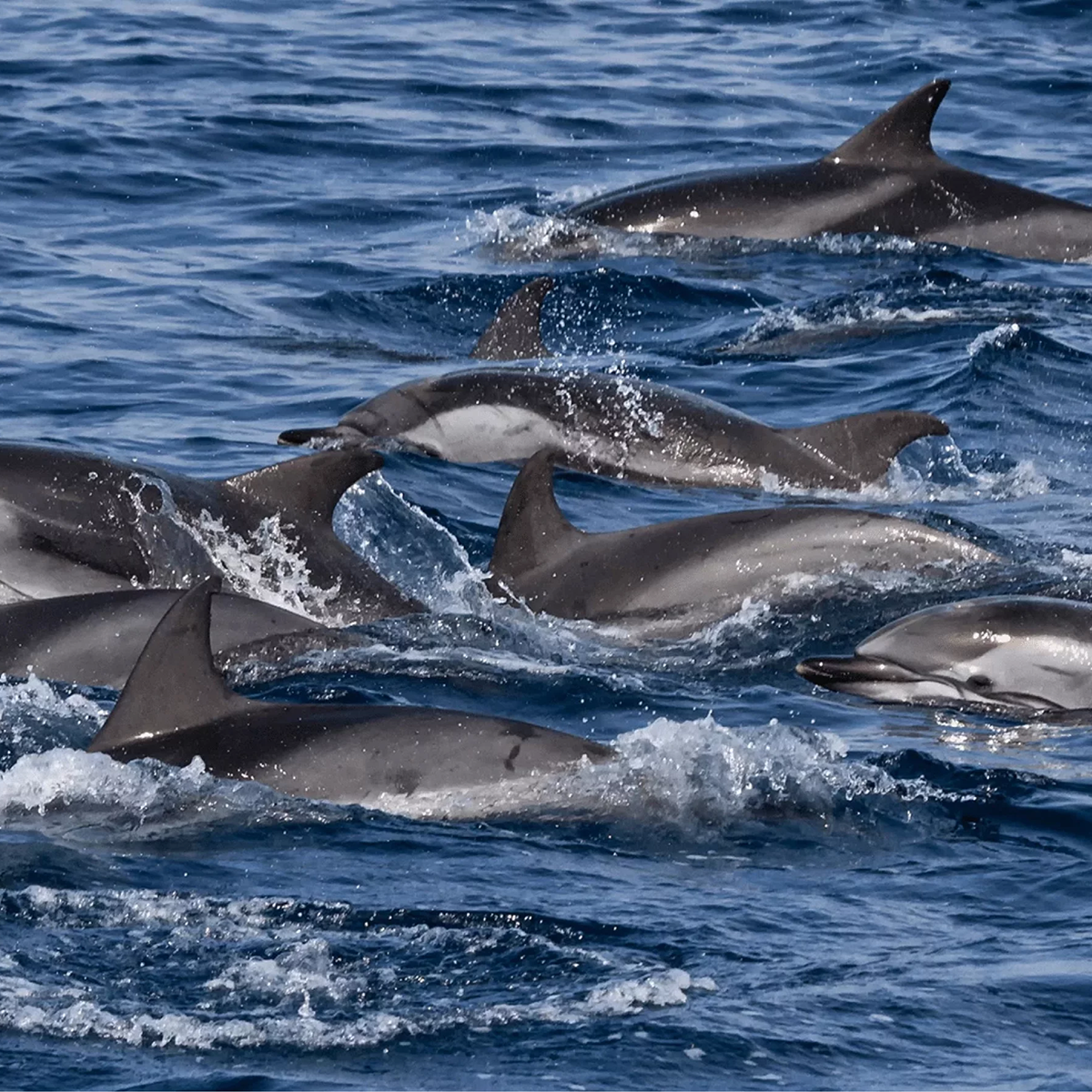21st of March, 2023
LIFE A-MAR and Natura 2000 Network, from the knowledge to the role of stakeholders
On 21 March 2023, as part of action A1, the second training seminar of the project “LIFE A-MAR NATURA2000, knowing and loving the marine sites of the Natura 2000 network to protect them – From the knowledge to the role of stakeholders” was held by Federparchi, project Coordinator.
The seminar involved, in addition to some project partners including Federparchi and Triton Research, the institutions of the Sardinia Region, specifically three bodies managing the Natura 2000 Marine Sites including the Asinara National Park, the Capo Caccia Marine Protected Area and the La Maddalena Archipelago National Park. Furthermore, various categories of stakeholders took part – nature guides, diving operators, Confindustria North-Central Sardinia – also identified in the context of the CETS certification process, the European Charter for Sustainable Tourism, which the Asinara National Park (co-financer of the LIFE A-MAR NATURA2000 project) is carrying on.
Numerous and participated speeches that illustrated experiences, critical issues and good practices on the theme of the use of Marine Protected Areas and on the objectives of LIFE A-MAR NATURA2000, whose main purpose is to raise awareness and make the marine sites of the Network known to the general public Nature 2000.
The meeting was introduced by Maria Villani, Federparchi, coordinator of the project, who illustrated the objectives and actions of LIFE A-MAR. Afterwards Giulia Luzi, Triton Research, focused on the initiatives aimed at enhancing the target marine sites, describing in particular the various stages of the sailing campaign to raise awareness which, in the months of May and June 2023, will constitute the main event around which to develop project participation and dissemination activities.
Laura Santona, Sardinia Region, has framed LIFE A-MAR NATURA2000 in the set of activities that the Region will carry out in the implementation of international, national and inter-regional agreements for the conservation and management of marine sites of the Natura 2000 network. Santona has then defined the LIFE project as ambitious and exciting.
The director of the Asinara National Park, Vittorio Gazale, illustrated the characteristics of the numerous marine sites managed by the park and the various strategies put in place, both to deal with the environmental pressure to which biodiversity is subjected, and the management and control of tourist flows. Mariano Mariani, director of the Capo Caccia Marine Protected Area addressed the issue of the complexity of management as well as the legislation for Marine Protected Areas, which is not always clear, so a simplification process aimed at disseminating it to the public would be needed, especially for aspects concerning the tourist use.
Giulio Plastina, director of the La Maddalena Archipelago National Park, illustrated management experiences and also underlined how, in the north of Sardinia, numerous protected areas (parks, MPAs, etc.) are concentrated close to each other. but with different legal statuses. Each one has different rules of use, which often confuses tourists and doesn’t help in managing flows. It would be useful to standardize and share the rules for a more effective nature conservation action.
Roberto Chironi, Confindustria North-Central Sardinia, spoke on the theme of connections, who focused on the importance of developing networks and sharing systems between the business world and protected areas, above all for common development strategies. Chironi also focused on the changes in the profiles of tourists, who are increasingly attentive to the issues of sustainability and nature conservation.
Going into the specifics of tourism management in protected areas, Anna Maria Masala, of the Asinara National Park, described the process of acquiring the European Charter for Sustainable Tourism and how this tool constitutes an added value to achieve the balance point between sustainable use of the protected territory and protection of biodiversity. On the same wavelength, Maria Rosa Martinelli, also PN of Asinara, focused on the need to make visitors aware, also through the CETS, of the specificity, value and importance of the protected area in which they are located (of which are often unaware) and therefore to direct tourists to adopt more attentive behaviours.
Stefania Pisano, an environmental guide and educator, said a similar discourse, speaking of her direct experiences with visitors, of how important it is to “guide” them to the awareness of what it means to be in a protected area, considering the fact that many choose the destination for the landscape value of the area ignoring the importance and the type of protection of the territory. Pisano explained how important it is to try to shift the attention of users to the value and beauty of ecosystems, as well as that of the landscape. Giuseppe Dettori, marine operator, said he was enthusiastic about the project and the possibility of sharing experiences and strategies of approach to sustainable use. Dettori remarked how it is necessary to try to “slow down” the pace of use by tourists so that they can effectively discover the wonders of the sea and become aware of the value of protecting biodiversity.
The meeting was concluded by Maria Villani, who underlined the importance of networking with stakeholders and sharing experiences and reference values for the conservation and correct use of marine ecosystems, fundamental steps for carrying out a high-level project such as LIFE A-MAR NATURA2000.







